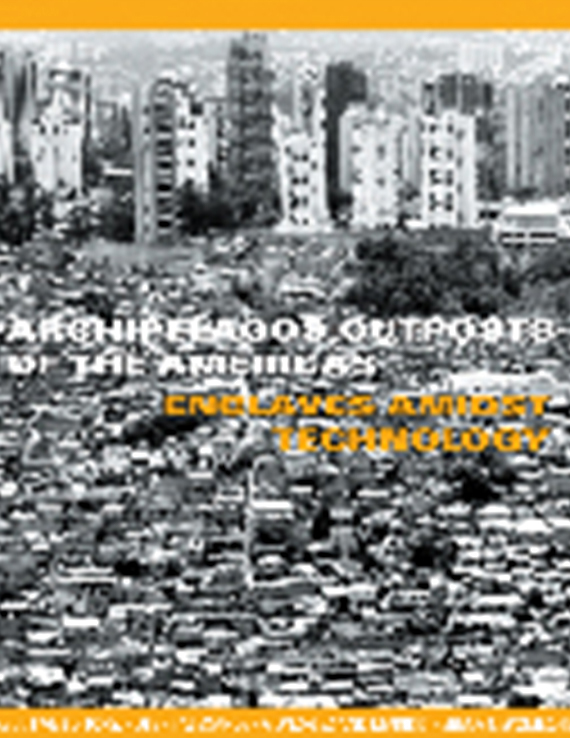Author(s): Thomas Leslie
Louis Kahn’s A.N. Richards Laboratory at the University of Pennsylvania was, at the time of its completion in 1961, an architectural sensation, earning extensive reviews in numerous international publications. Critics debated its status as a technical achievement, a monument to the sciences, and a radical infill in a uniformly styled campus. While its status has since suffered in comparison to Kahn’s later works, it remains a provocative statement regarding the potential for integrating a variety of engineering disciplines within a concisely realized architectural vision.The recent opening of the Marshall D. Meyers Archive at the University of Pennsylvania has provided a new source of photographs documenting the building’s unique construction. The parallel discovery by the author of a previously unpublished manuscript by the project’s precast contractor sheds additional light on the project’s multi-faceted concern for weaving together function, performance and assembly. These documents support an explanation of the building’s conception as the ‘monumentalization of technique,’ and the largely undocumented role of Kahn as a building technologist of the first order. Richards’ direct influence on a generation of technically inclined architects in the 1970s indicates that these newly available documents support the view of Kahn as a seminal figure in the development of the so-called ‘hi-tech’ school of the late 20th century, shedding light on both his career and those of Renzo Piano, Norman Foster, et. al.
Volume Editors
Marilys R. Nepomechie & Robert Gonzalez
ISBN
0-935502-54-8

 Study Architecture
Study Architecture  ProPEL
ProPEL 
